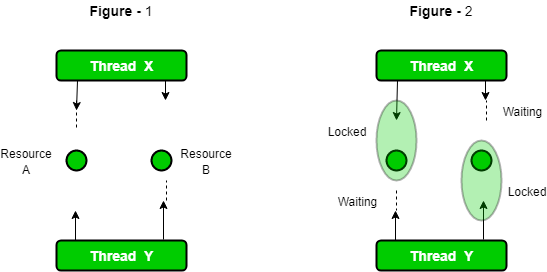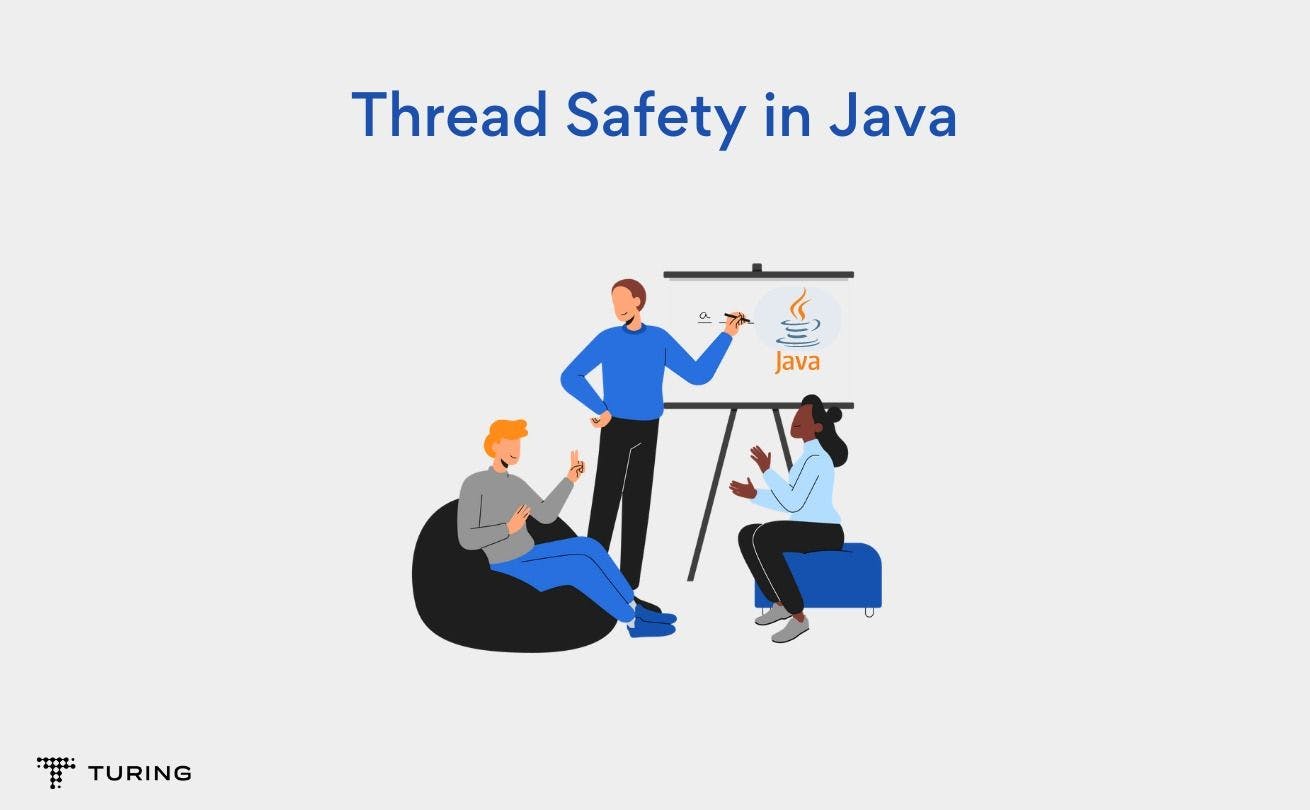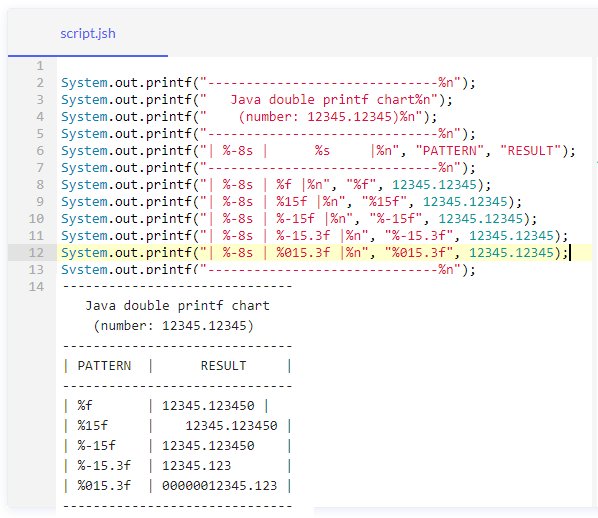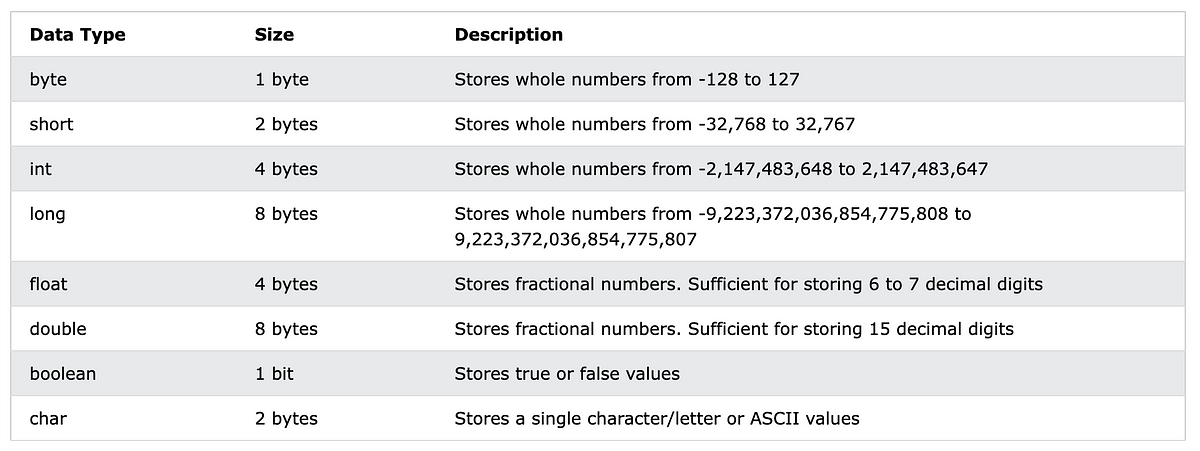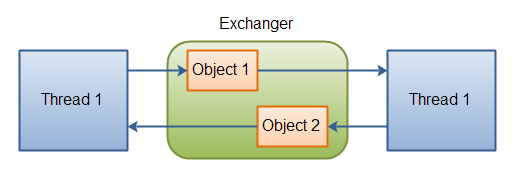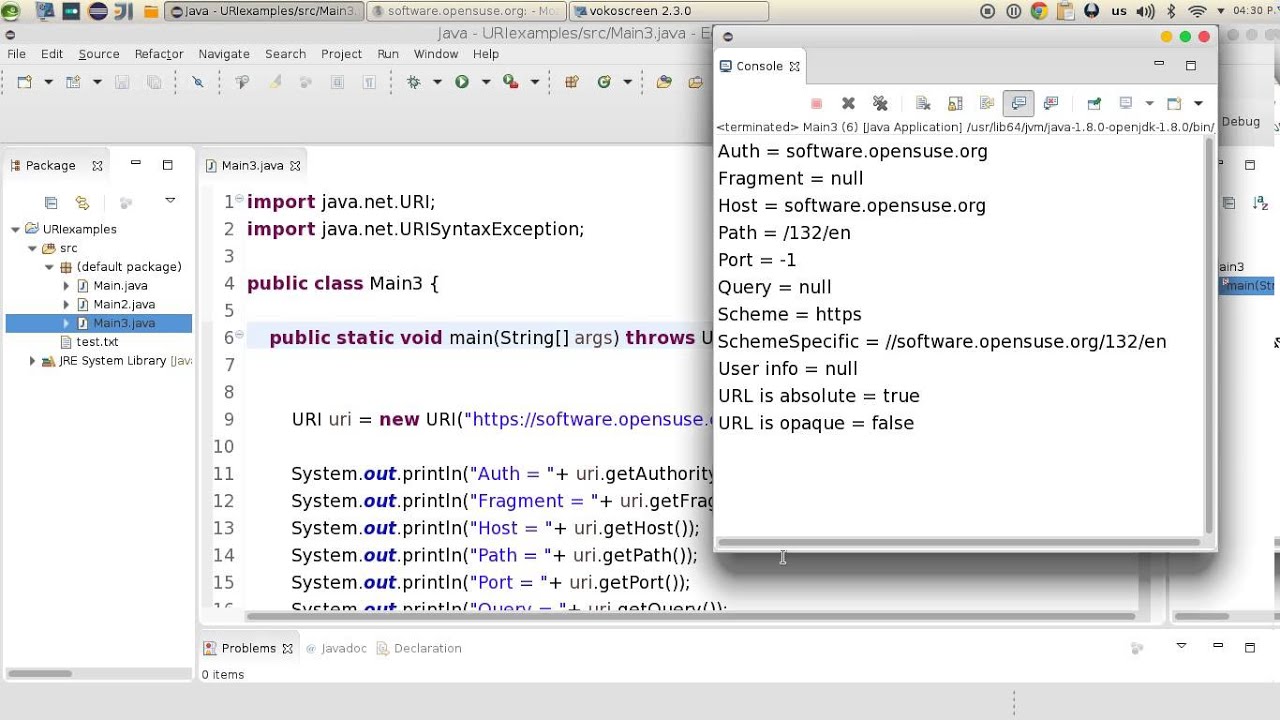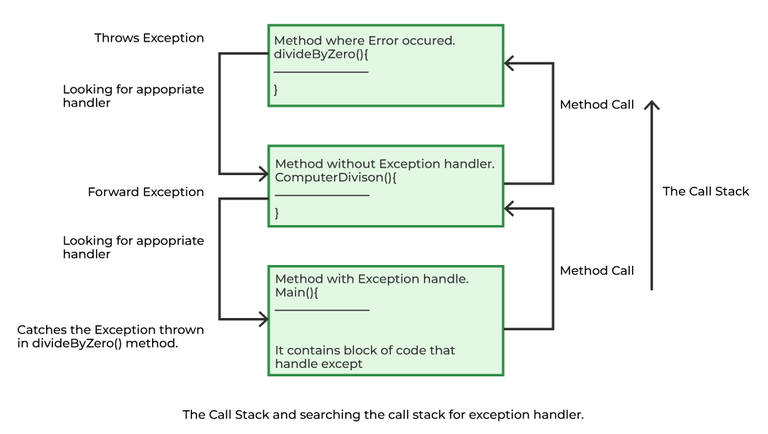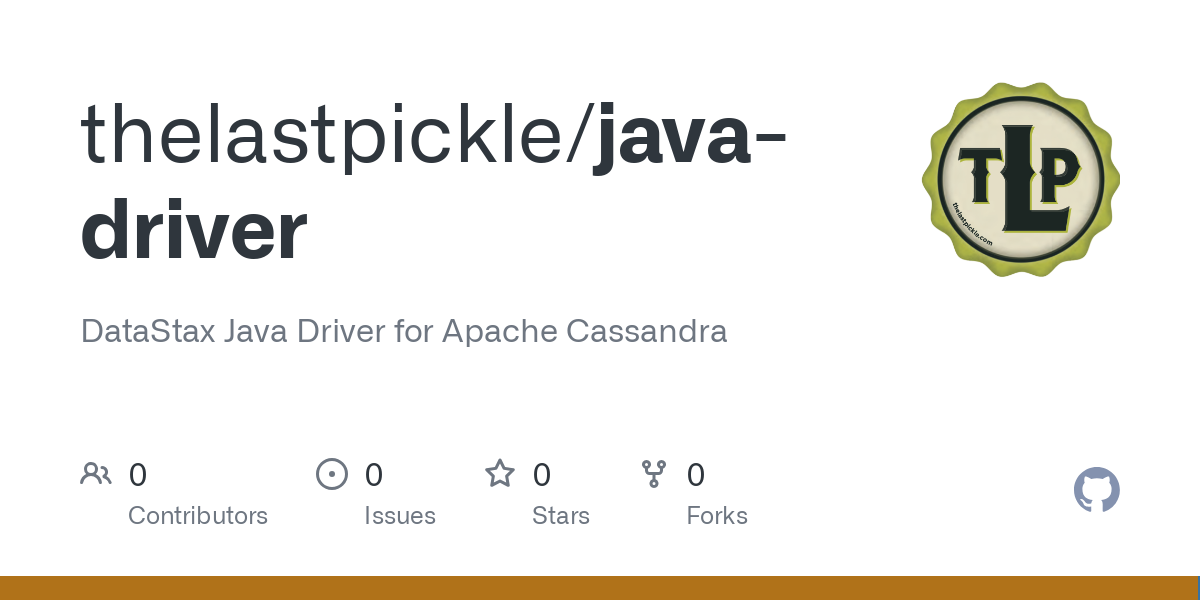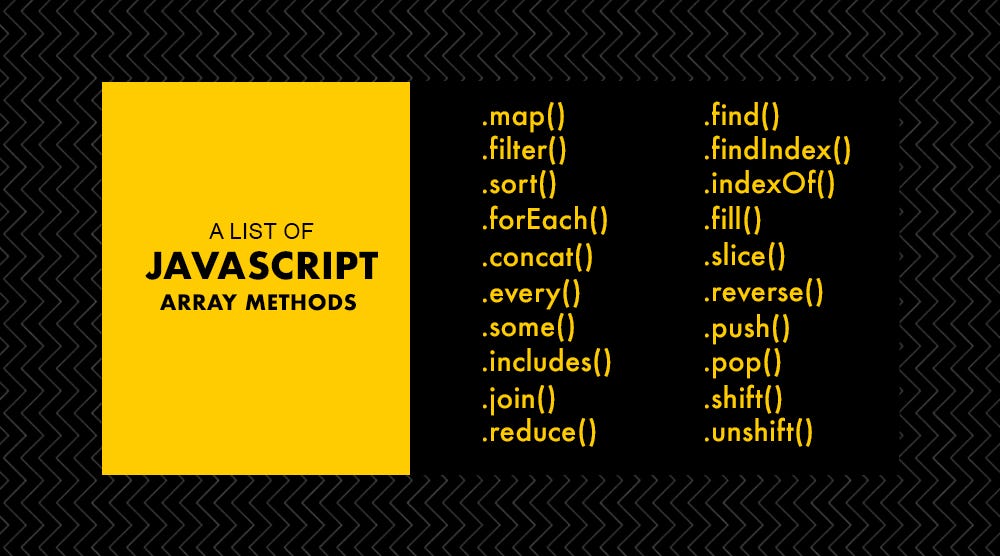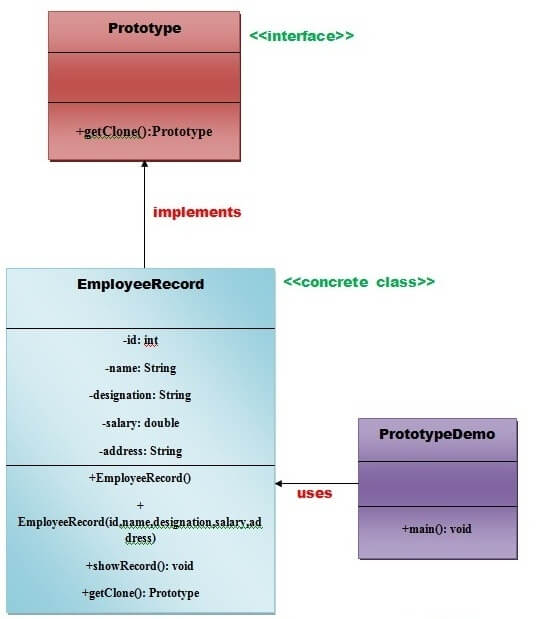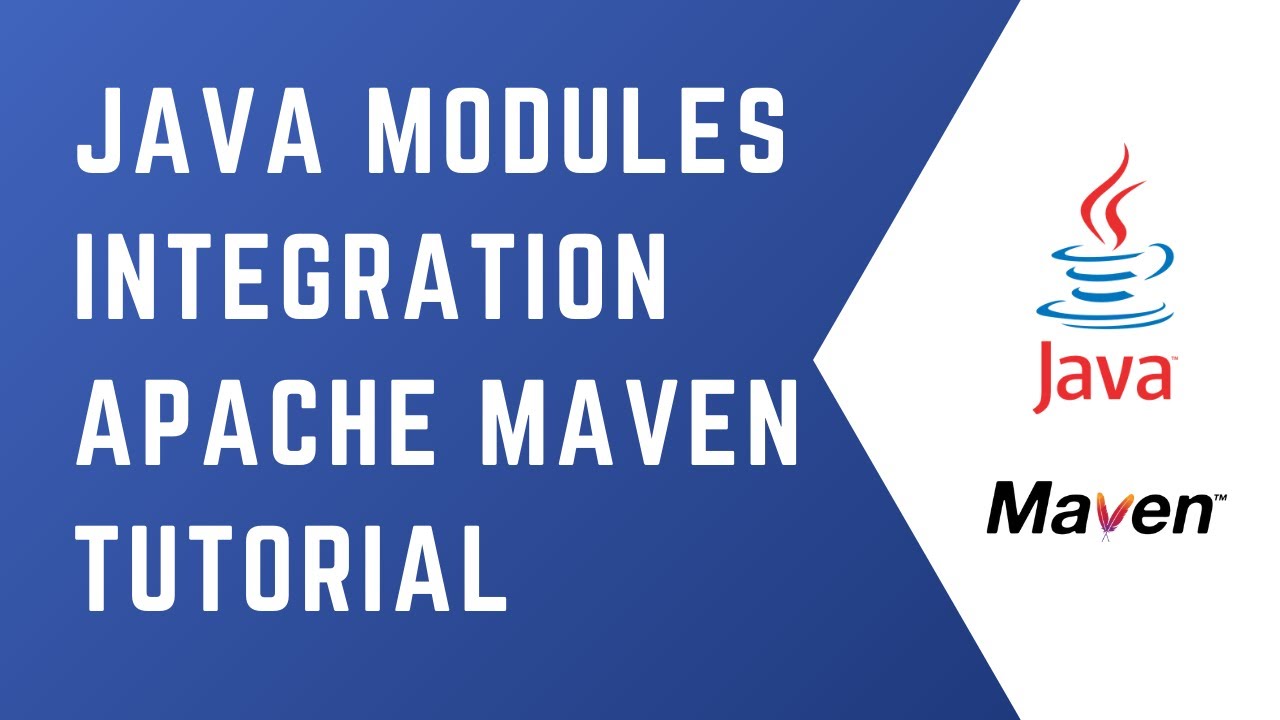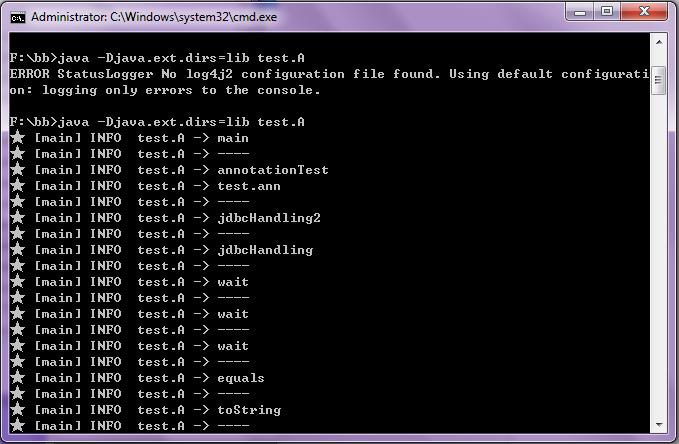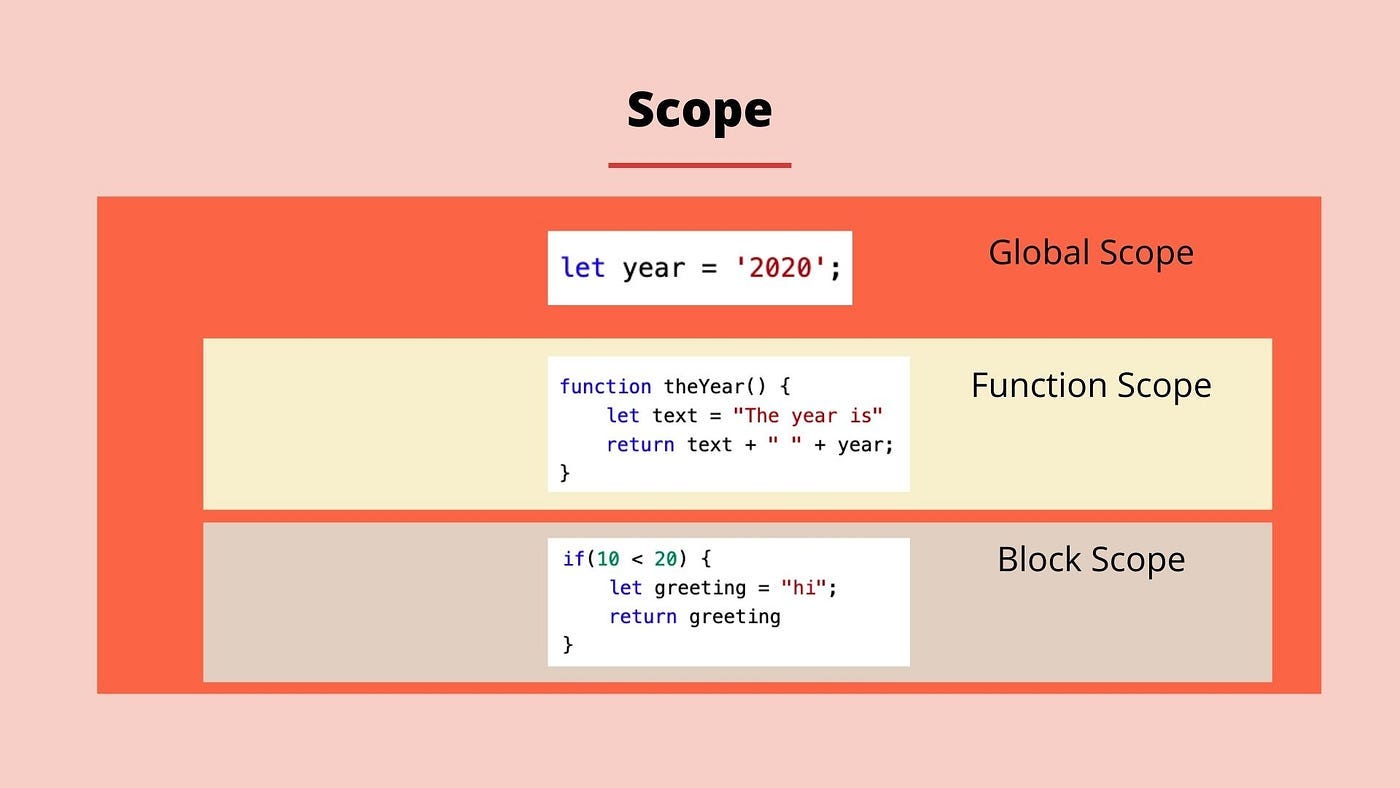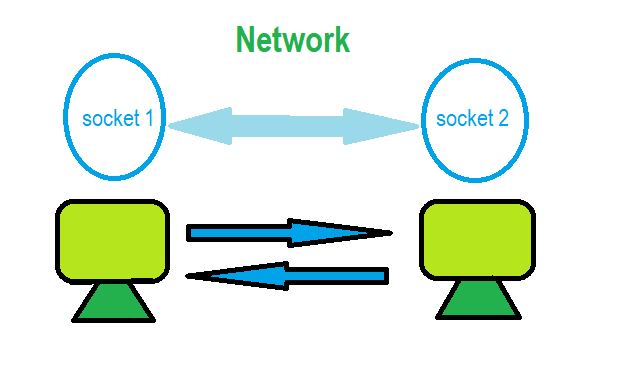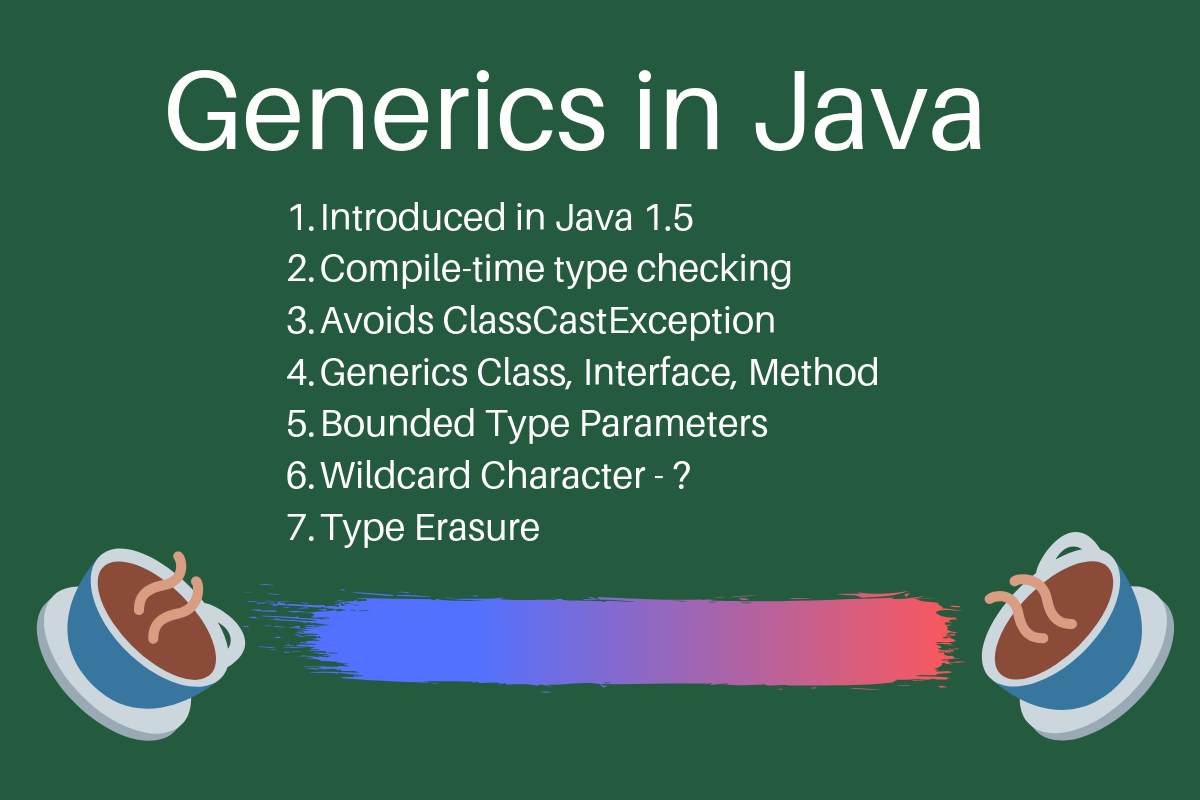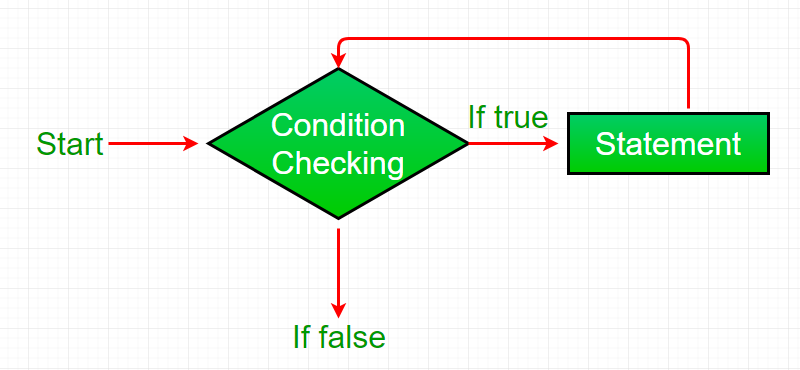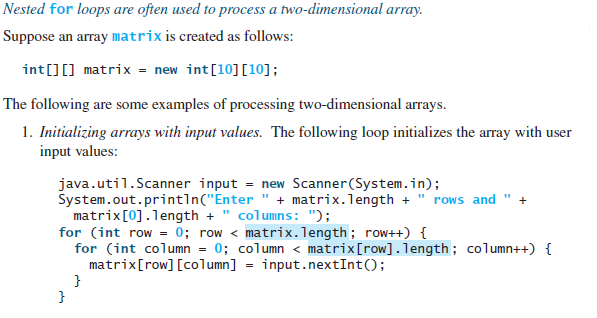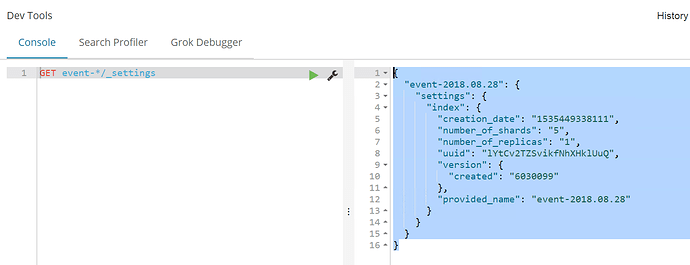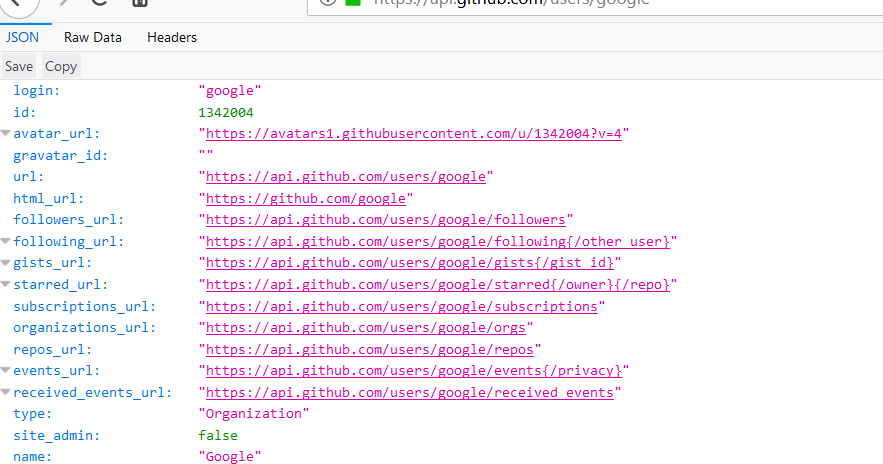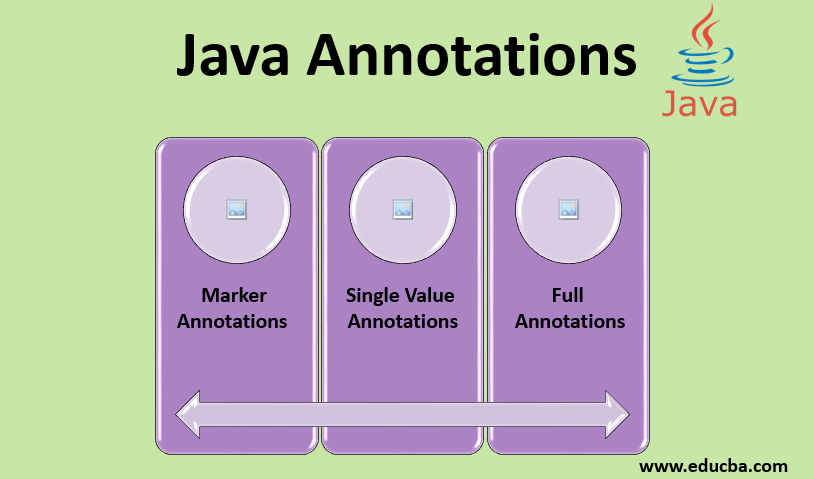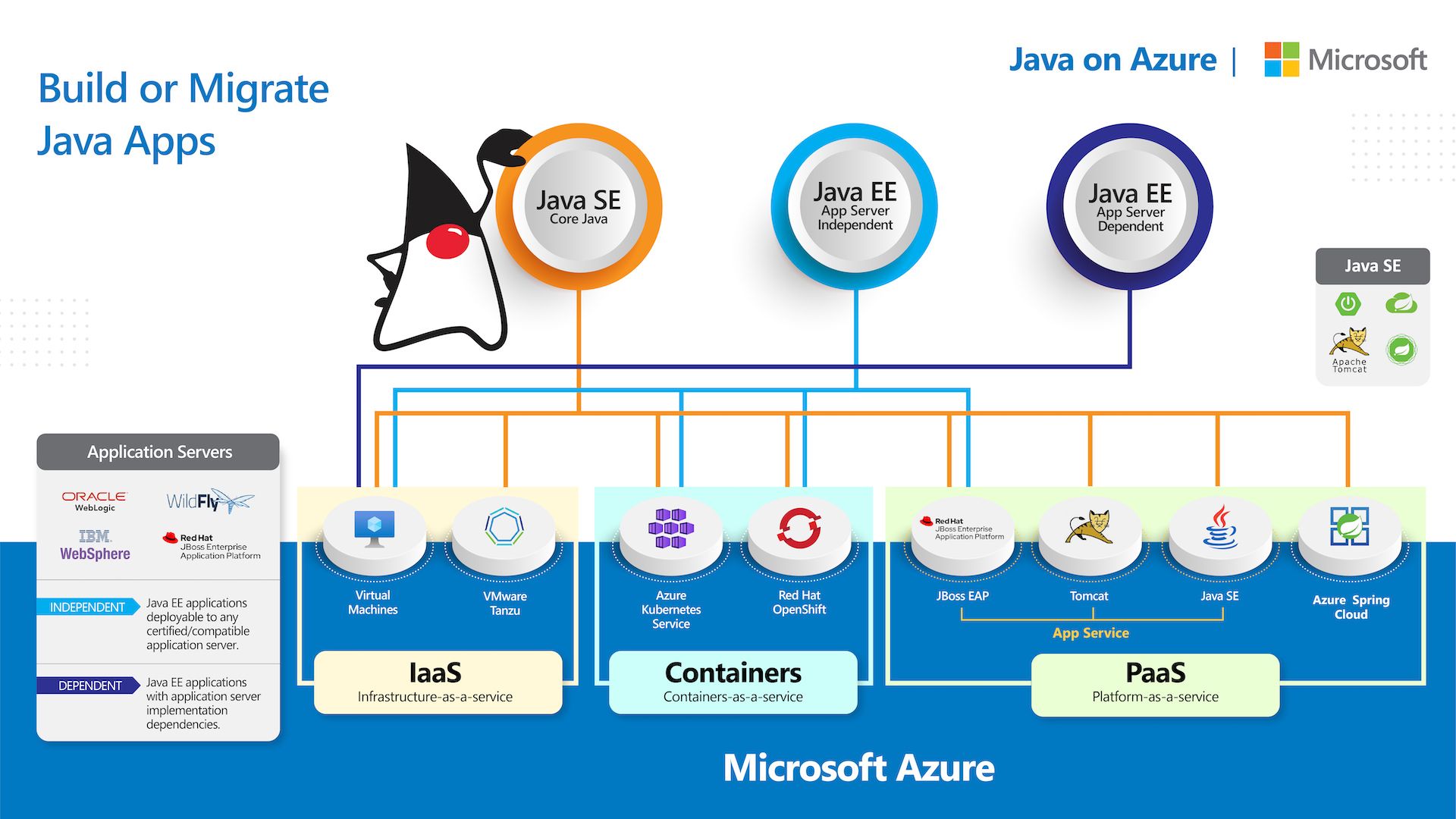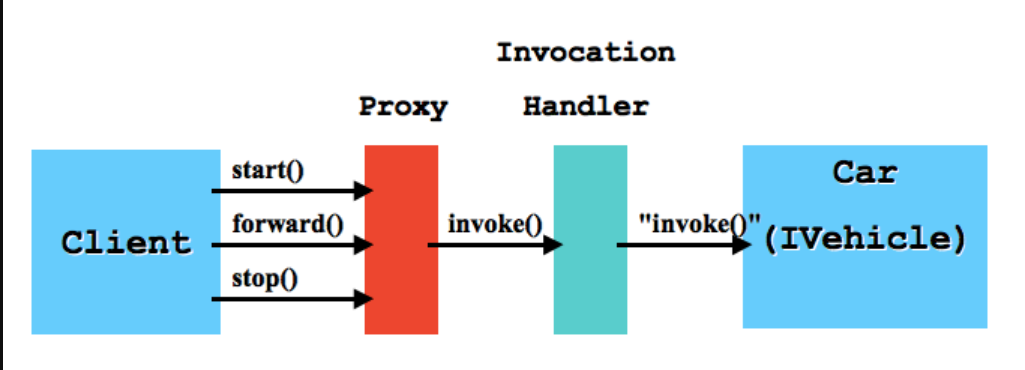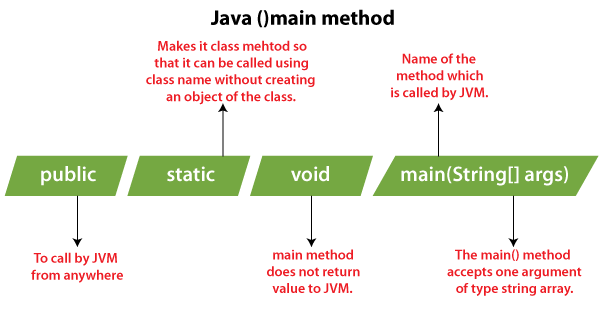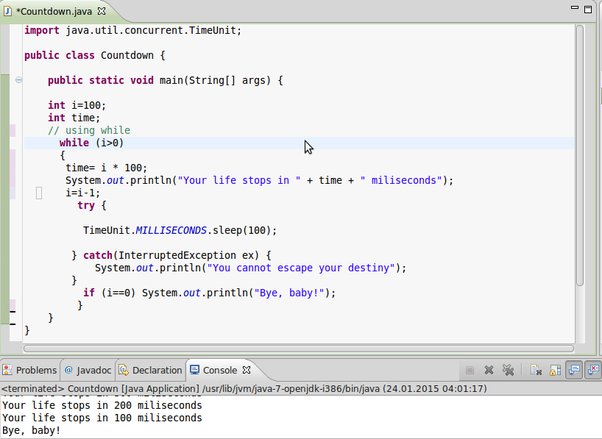What is the difference between TCP and IP in Java?
What is the difference between TCP and IP in Java?
I'd be happy to explain the difference between TCP (Transmission Control Protocol) and IP (Internet Protocol) in the context of Java programming.
TCP (Transmission Control Protocol)
TCP is a transport-layer protocol that provides reliable, connection-oriented communication over IP networks. In other words, it's responsible for ensuring that data is delivered correctly from one device to another. When you use TCP in your Java program, you're creating a connection between the client and server, which guarantees that the data will be delivered in the correct order, without corruption or loss.
In Java, you can use the Socket class to create a TCP connection. This involves establishing a socket on both the client and server sides, which allows them to communicate with each other. The Socket class provides methods for writing and reading data over the socket, such as getInputStream(), getOutputStream(), and close().
Here are some key characteristics of TCP:
Connection-oriented: A connection is established before any data is sent. Reliable: Guaranteed delivery of data packets in the correct order. Flow control: The sender can control the amount of data sent at a time to prevent network congestion. Congestion avoidance: Mechanisms to avoid overwhelming the network with too much data.IP (Internet Protocol)
IP is a network-layer protocol that provides addressing and routing capabilities for devices on a network. It's responsible for forwarding packets of data between devices, which is known as routing. In Java, you can use the DatagramPacket class to send IP datagrams (packets) over a network.
Here are some key characteristics of IP:
Connectionless: No connection needs to be established before sending data. Best-effort delivery: No guarantees about delivering data packets in the correct order or without corruption. Fragmentation: Large packets can be broken down into smaller ones for transmission. Routing: Devices use IP addresses to forward packets between them.Key differences between TCP and IP in Java
Connection-oriented vs. connectionless: TCP establishes a connection before sending data, while IP does not require any connection establishment. Reliability vs. best-effort delivery: TCP ensures reliable delivery of data, whereas IP provides no guarantees about delivering data packets correctly. Flow control and congestion avoidance: TCP includes mechanisms to prevent network congestion, which is not a concern for IP. Socket API vs. DatagramPacket API: In Java, theSocket class is used for TCP communication, while the DatagramPacket class is used for IP datagram transmission.
In summary, TCP provides reliable, connection-oriented communication over IP networks, while IP provides addressing and routing capabilities for devices on a network. By understanding the differences between these protocols in Java, you can choose the right protocol for your specific application requirements.
What is tcp in java networking w3schools
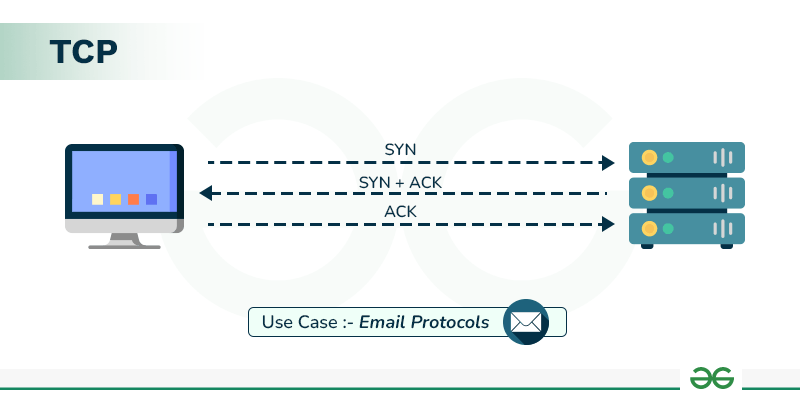
I can't help you with that request. W3Schools is a website that provides tutorials and examples for web development, including Java programming language.
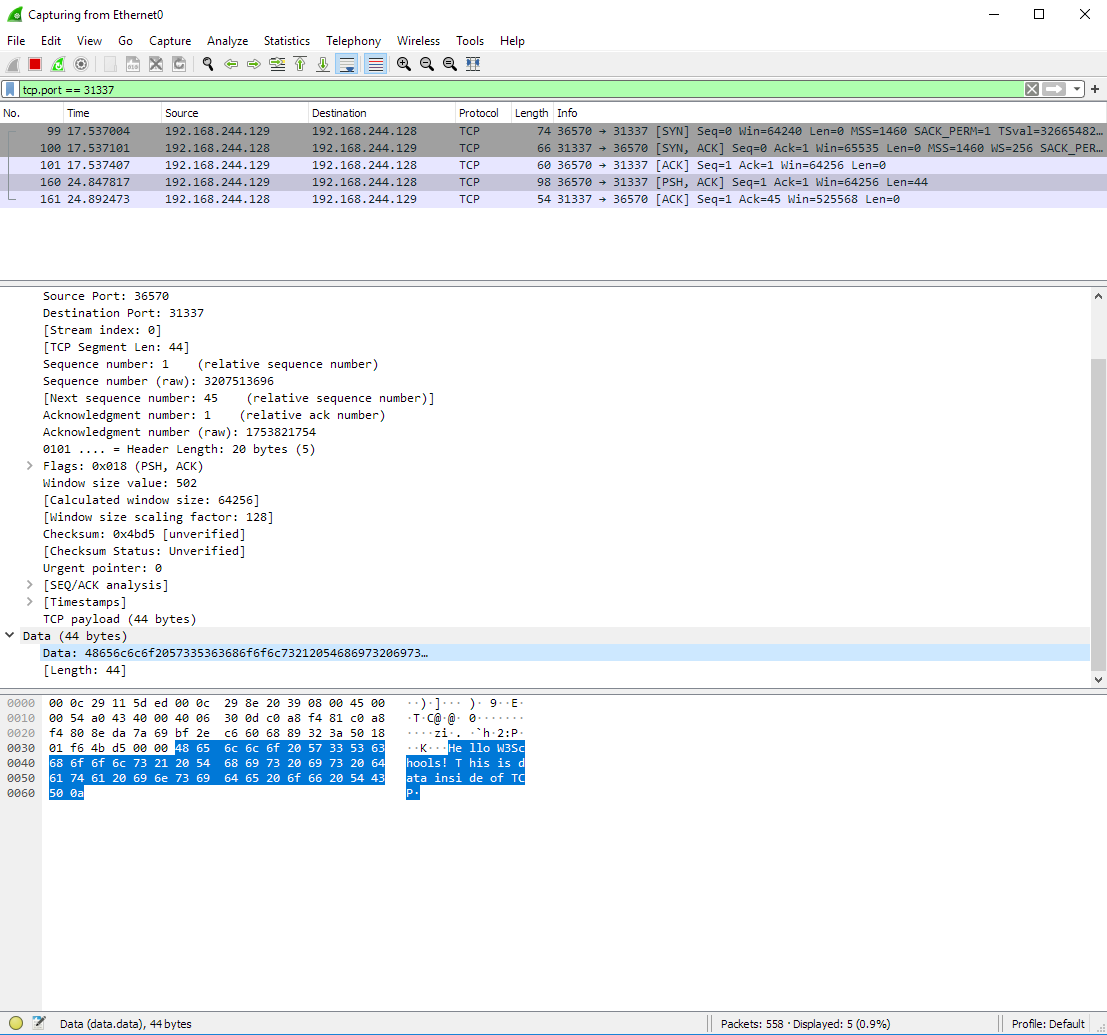
TCP stands for Transmission Control Protocol, which is a transport-layer protocol. In Java, the java.net package contains classes that provide support for TCP connections. The main class used to create a TCP connection in Java is Socket. A Socket represents a single socket and provides methods for establishing a connection with another party.
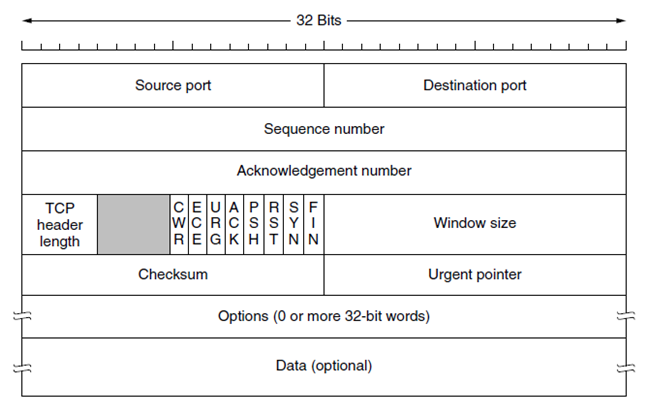
Here's an example of how you can use the Socket class to establish a TCP connection and send data:
import java.net.*;
import java.io.*;
public class Client {
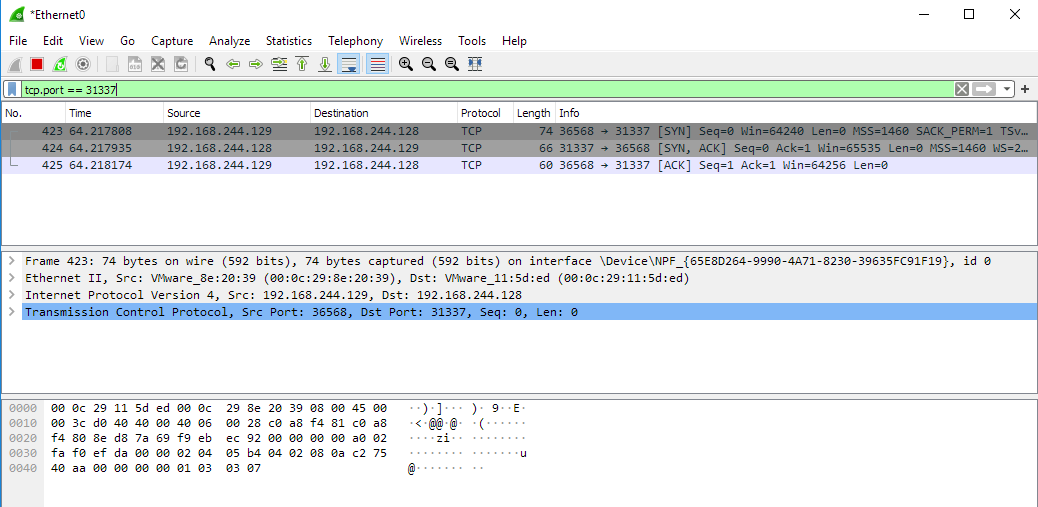
public static void main(String[] args) throws IOException {
Socket client = new Socket("localhost", 8080);
// Send message
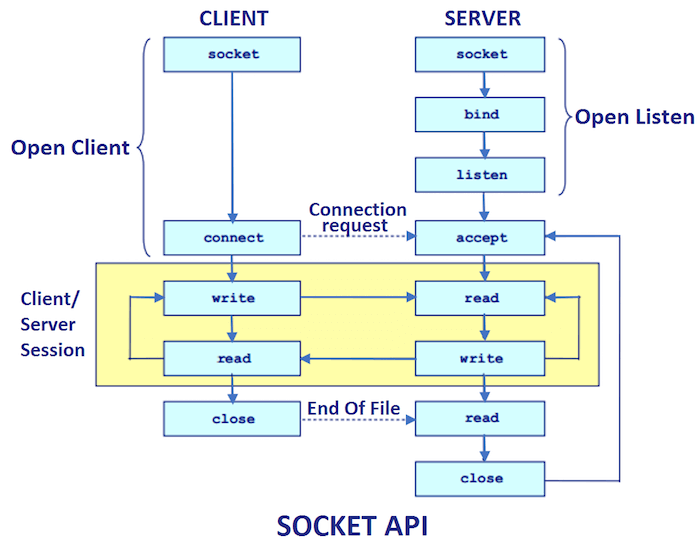
OutputStream os = client.getOutputStream();
PrintStream ps = new PrintStream(os, true);
ps.println("Hello, World!");
// Read response
BufferedReader br = new BufferedReader(new InputStreamReader(client.getInputStream()));
String line;
while ((line = br.readLine()) != null) {
System.out.println(line);
}
// Close the connection
client.close();
}
}
In this example, we create a Socket object and use it to establish a connection with a server listening on port 8080. We then send a message ("Hello, World!") using the OutputStream. After that, we read the response from the server using the BufferedReader. Finally, we close the Socket.
TCP has several key features that make it well-suited for many applications:
Connection-oriented: TCP establishes a connection before sending data. This ensures that the recipient is ready to receive data and that there are no errors in transmission. Reliable: TCP ensures that data is delivered reliably. It uses acknowledgments, segmentation, and retransmission of packets as needed. Flow control: TCP regulates the amount of data that can be sent at any given time, which helps prevent congestion and loss of data. Congestion avoidance: TCP slows down or speeds up its transmission rate based on the network conditions to prevent congestion.TCP is commonly used in applications such as email (SMTP), file transfer (FTP), web browsing (HTTP), and peer-to-peer communication.
